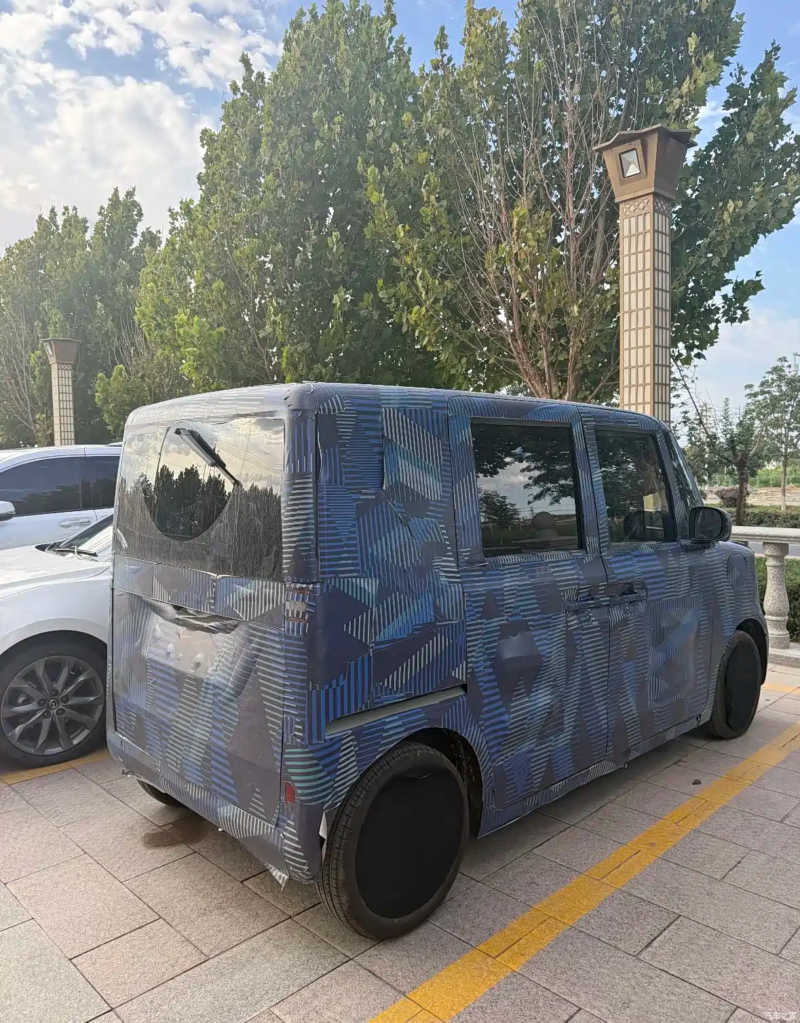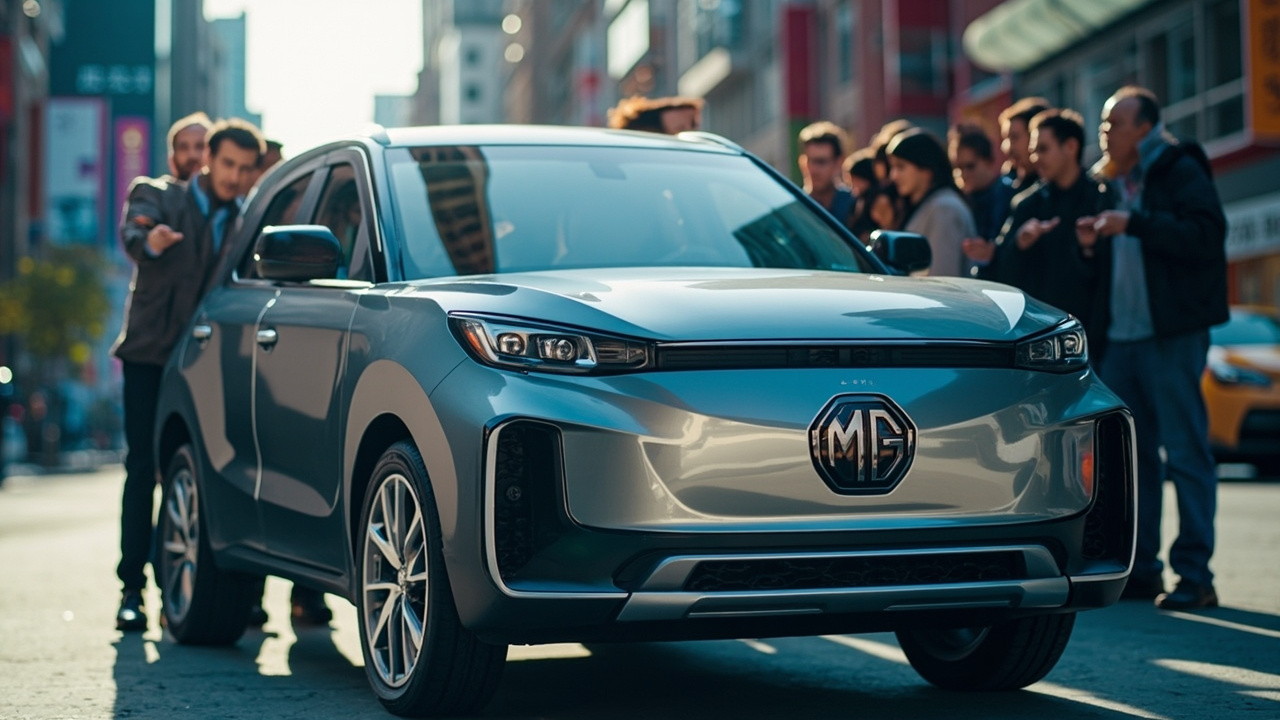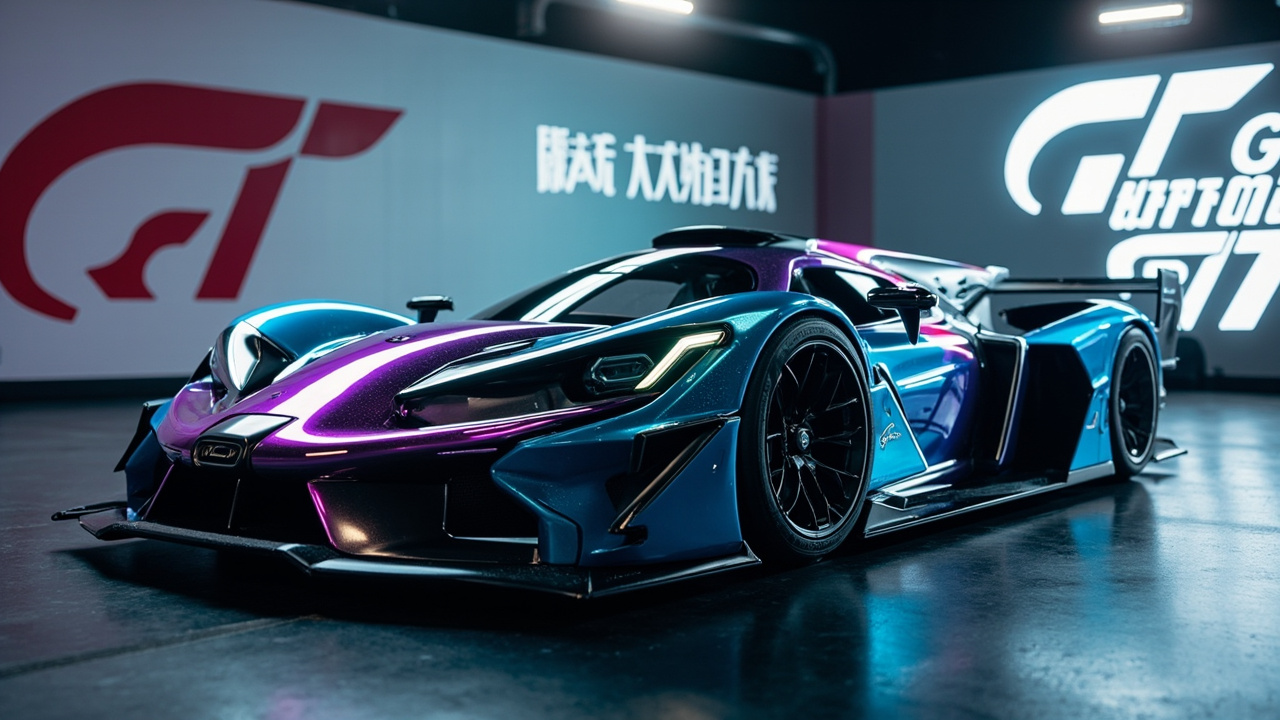China Introduces Mandatory Safety Standards for L2 Driver Assistance Systems
Reports on manufacturing, labor and earnings with clear, practical context. Drives a Tesla Model 3 RWD; family hauler is a Volvo XC60.
In a significant move to enhance road safety, China's Ministry of Industry and Information Technology (MIIT) has proposed a new mandatory national standard for Level 2 (L2) driver assistance systems. The draft regulation, titled 'Safety Requirements for Combined Driving Assistance Systems in Intelligent Connected Vehicles,' aims to address growing concerns over the safety and marketing practices of these systems as they become increasingly popular in the automotive market.
The proposed regulation comes at a critical time for China's automotive industry, where the adoption of L2 driver assistance systems has been surging. Between January and July 2025 alone, sales of passenger vehicles equipped with these systems reached 7.76 million units, a 21.31% increase from the previous year. Despite the benefits of reduced driving workload and enhanced comfort, there have been mounting concerns over the misuse of these systems. The MIIT's initiative seeks to fill these safety gaps by establishing a comprehensive framework that will guide industry practices and ensure the safe use of driver assistance technologies.
The new safety standards are built on a three-tier framework focusing on product performance, safety requirements, and system usage standardization. Key provisions include strict functional performance requirements, such as defining the specific conditions under which systems can be activated. The regulation mandates comprehensive safety technical requirements that encompass human-machine interaction, functional safety, cybersecurity, and data recording. Verification of these standards will involve rigorous facility testing, road testing, and document inspection, ensuring a robust safety net for consumers.
A significant aspect of the regulation is its emphasis on process management requirements that cover the entire product lifecycle—from development to manufacturing and operation. Companies are expected to implement proactive risk assessment measures during development, ensure production reliability and traceability, and maintain dynamic monitoring of vehicle status during operation. Additionally, the standard includes measures to enforce proper system usage, such as hand-off detection and gaze monitoring. These systems will issue warnings if a driver removes their hands from the wheel or diverts their attention, disengaging safely if the driver fails to respond.
The regulation specifically targets L2 systems, which fall into a category where drivers must remain vigilant and maintain control of the vehicle. The regulation's focus on preventing misuse is particularly relevant given recent incidents that have raised public concerns. For instance, a tragic accident involving a Xiaomi vehicle in autonomous mode, which resulted in fatalities, has highlighted the urgent need for clearer distinctions between driver assistance and autonomous driving capabilities. This incident may have influenced the MIIT's decision to introduce stricter regulations.
The introduction of these standards is expected to have far-reaching implications for the automotive industry in China. By establishing a clear regulatory framework, the MIIT aims to foster an environment where innovation can thrive alongside safety. This move also positions China as a leader in setting international benchmarks for driver assistance technologies, potentially influencing global standards. The regulation underscores the importance of balancing technological advancement with consumer safety, ensuring that as the industry evolves, it does so responsibly.
As the public consultation period progresses, industry stakeholders are closely monitoring developments. The proposed standards reflect a proactive approach to addressing the challenges posed by advanced driver assistance systems, emphasizing the need for continuous engagement between regulators, manufacturers, and consumers. This collaborative effort aims to build trust and confidence in emerging automotive technologies, paving the way for a safer, more connected future.
About Priya Nair
Reports on manufacturing, labor and earnings with clear, practical context. Drives a Tesla Model 3 RWD; family hauler is a Volvo XC60.



